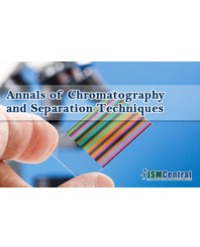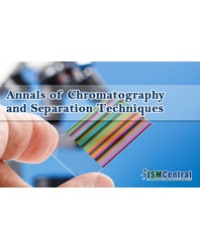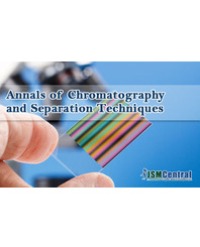
Reverse Phase High Performance Liquid Chromatographic Method for Separation and Estimation of Impurities Present in Pharmaceutical Formulation of Dapaglifozin
Dapaglifozin is a Sodium-glucose co-transporter-2 inhibitors work by inhibiting SGLT2, to prevent re absorption of glucose and facilitate its excretion in urine. Impurities in pharmaceuticals which are unwanted chemicals that remains with the Active Pharmaceutical Ingredients (APIs), or develop during stability testing, or develop during formulation or upon aging of both API and formulation. The presence of these unwanted chemicals even in small amounts may influence the efficacy and safety of the pharmaceutical products. It is necessary to estimate related impurities present in this drug. A simple and very sensitive method developed for estimation of impurities present in Dapagifozin formulation by Reverse Phase High Performance Liquid Chromatographic method. Method is capable to detect impurities in very low level (0.1µm/mL). Chromatographic separation of six different impurities was achieved on Agilent Zorbax Bonus RP-18 (250 x 4.6) mm, 5µm column using gradient elution method at 30°C column temperature and the detection was carried at 230 nm at a flow rate of 1.2mL/min. The method was validated as per ICH Q2 (R1) guideline along with stress studies.
Nilesh Patel* and Sejal Patel Shree S. K. Patel


